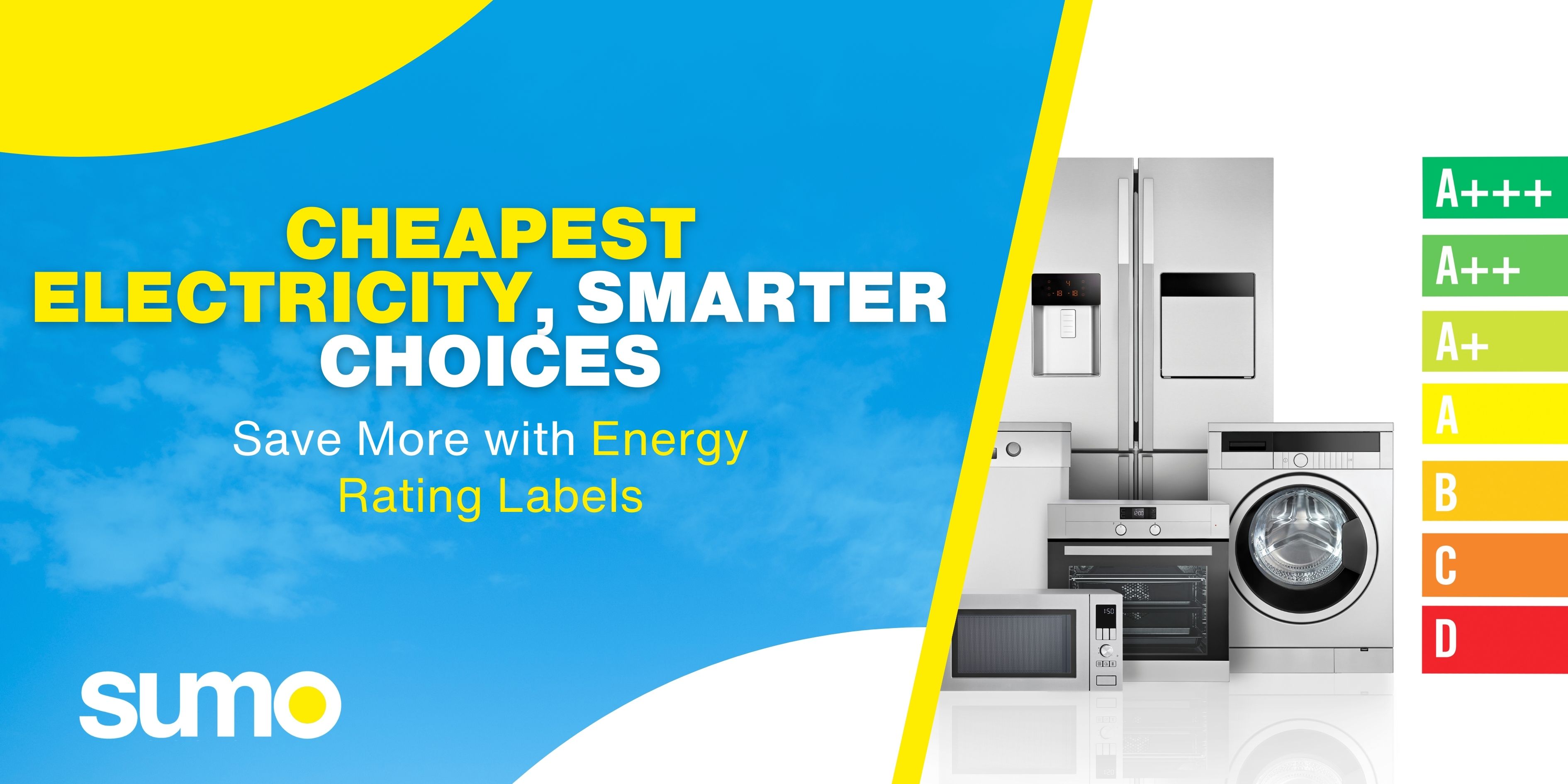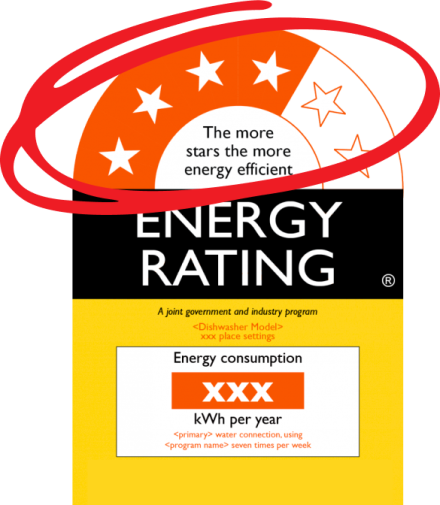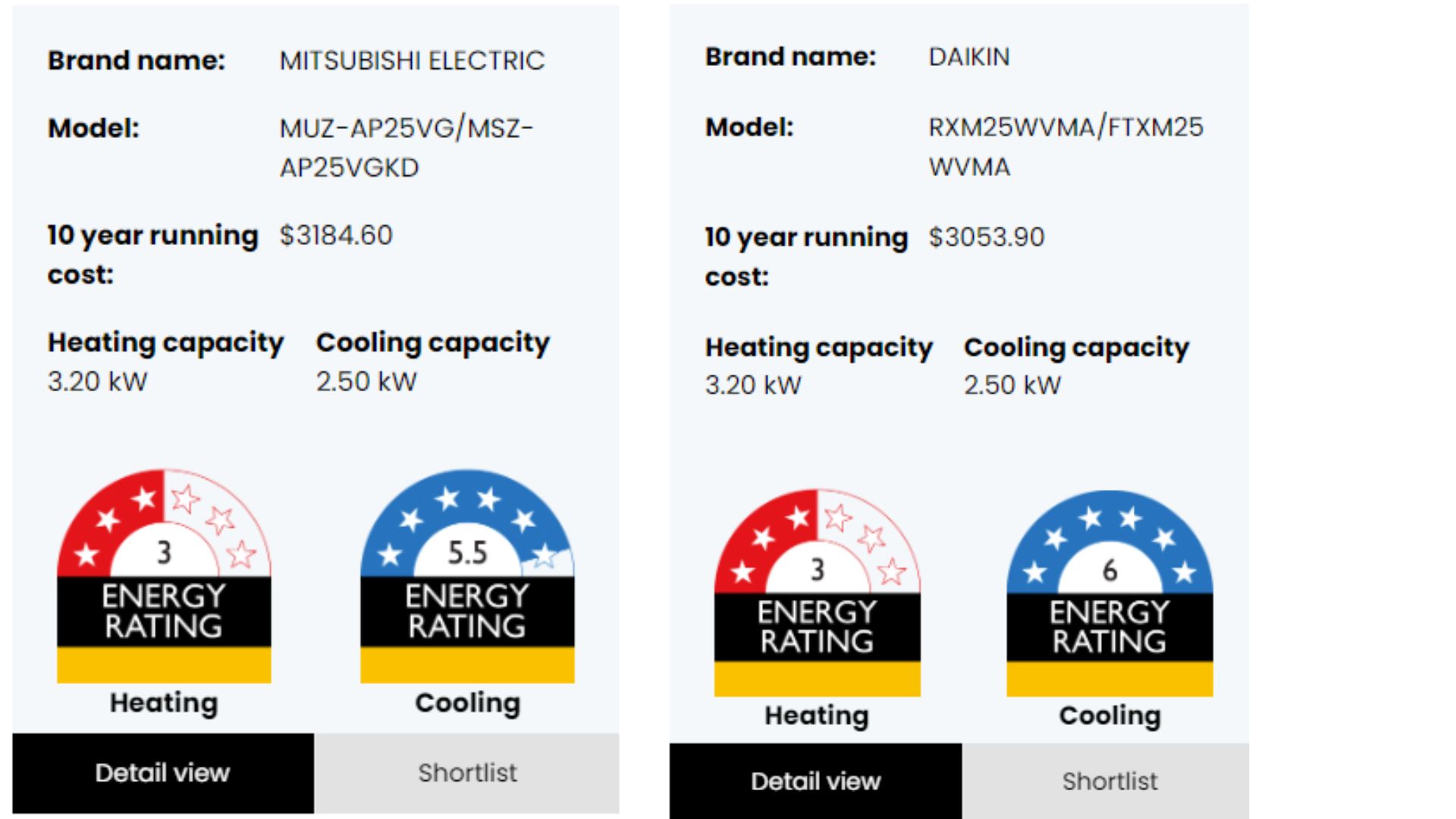When you're out shopping for a new appliance, it's easy to get caught up in the price tag. However, the actual cost of an appliance isn’t just about what you pay at the checkout. The Energy Rating Label is your secret weapon for long-term savings, especially in an era of rising energy prices. This label tells you how much energy an appliance uses, and choosing the right one could make a real difference to your electricity bill even if we have the cheapest electricity rate. In this guide, we’ll explain how the Energy Rating Label works, what to look for when shopping, and how it can help you save money and the environment.

What Is the Energy Star Rating and Why Does It Matter?
The Energy Rating Label, often marked with the trusty Energy Star symbol, is a government-backed initiative that helps consumers make smarter, more energy-efficient choices (Energy Rating). The more stars an appliance has, the more energy-efficient it is.
So, why should you care? When energy prices rise, energy efficiency is becoming more critical than ever. Appliances with higher energy ratings consume less power, which may save you a pretty penny on your electricity bills over time (Energy Rating).
Choosing energy-efficient products doesn’t just help you find the cheapest electricity—it’s also a win for the environment. By using less power, you reduce greenhouse gas emissions and shrink your carbon footprint. The Energy Rating Label is your key to saving money, fighting rising energy prices, and making a positive impact on the planet.

Source: www.energyrating.gov.au
The Long-Term Cost Savings of Choosing High-Rated Appliances
While energy-efficient air conditioners may come with a higher upfront cost, the good news is that they’ll save you money in the long run. An air conditioner with a higher star rating might cost more initially. Still, over time, the savings on your electricity bill will far outweigh the extra expense, helping to counteract increasing energy prices.
For example, the Mitsubishi Electric air conditioner has a 10-year running cost of $3184.60, while the Daikin model costs $3053.90 over the same period, making the Daikin a more economical choice. The same principle applies to fridges, washing machines, and dryers. While the upfront cost may be a bit higher, the long-term savings on your energy bills—especially as energy prices continue to climb—make it a wise financial choice.

Example from Energy Rating
However, it's important to note that these figures can vary depending on your location and local weather conditions. For a more detailed comparison specific to your area, visit the Energy Rating Calculator to see how much you could save by selecting a more energy-efficient appliance.
How Consumers Can Optimise Energy Use Based on Appliance Ratings - Cheapest electricity
Choosing energy-efficient appliances is just one part of the puzzle. There are also plenty of simple things you can do to maximise your energy savings, helping to combat rising energy prices:
- Match Appliances to Your Needs: Choose appliances that suit your household's needs. For example, if you’re living solo, you don’t need a massive washing machine designed for a family of five. Similarly, if you don’t need the full power of a big fridge, a smaller, more efficient model might be the way to go.
- Keep Appliances in Tip-Top Shape: Regular maintenance ensures your appliances run as efficiently as possible. Clean the filters in your air conditioner and fridge, and check the seals on doors to ensure your appliances are working their best.
- Be Smart with Appliance Use: It’s not just about the appliance itself—it’s about how you use it. Only run your dishwasher when it’s complete, wash clothes in cold water when possible, and don’t leave your air conditioner running all day if you don’t need it.
- Look for Extra Features: Many energy-efficient appliances have features that make saving energy even easier. Smart sensors, timers, and energy-saving modes can ensure that your appliances are working as efficiently as possible, ultimately reducing the impact of energy prices on your household.
The Energy Rating Label is more than just a sticker—it’s your guide to smarter, greener choices. While finding the cheapest electricity is important, pairing it with energy-efficient appliances is the ultimate way to save. By understanding how the label works, you can cut energy use, lower your bills, and help the environment.
So, next time you’re shopping for a fridge, washing machine, or air conditioner, remember to check the Energy Rating Label
Discover exclusive energy deals in your area. Enter your postcode below.

No Comments Yet